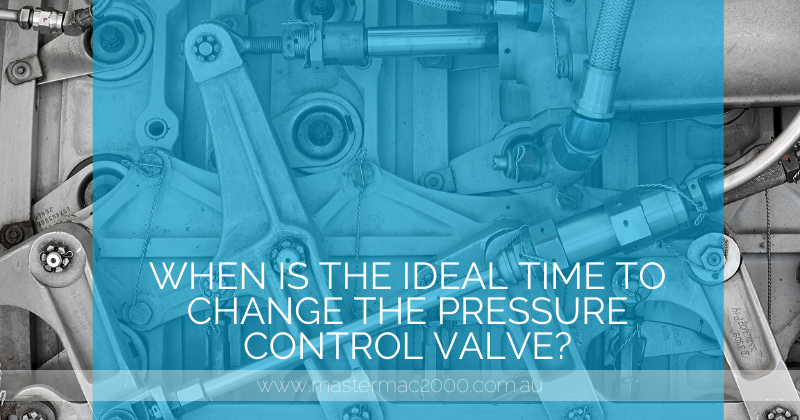When Is the Ideal Time to Change the Pressure Control Valve?
 A pressure control valve is one of the essential parts of a hydraulic system. It controls the pressure to the desired limit to retain the safety of the circuit. To manage the hydraulic system is a challenging task–to be able to notify whether it’s working correctly or not. Here are the following warning signs to remember when knowing the ideal time to check, repair, or change the pressure control valve in your hydraulic circuit.
A pressure control valve is one of the essential parts of a hydraulic system. It controls the pressure to the desired limit to retain the safety of the circuit. To manage the hydraulic system is a challenging task–to be able to notify whether it’s working correctly or not. Here are the following warning signs to remember when knowing the ideal time to check, repair, or change the pressure control valve in your hydraulic circuit.
Pressure Control Valve Leakage
Leakage is a common occurrence, especially if a circuit is overused, assembled in poor quality, or the hydraulic system is not appropriately maintained. Unlike external leakage, where the root of the problem is easily located, having internal leakage in the system requires expert attention. When there isn’t any visible problem, but the flow of the system is often interrupted or is operating slowly, then the hydraulic circuit may have internal issues.
Another sign of severe damage in the pressure control valve is noticeable through the increase in fluid temperature. If one is familiar with the basic operations of how to handle hydraulic systems, then it’s in one of the rules that the temperature of the fluid in the valve should not exceed to 180 degrees in Fahrenheit. Because if it does, the heat can cause unfavourable effects to the system, thus, further destructing the entire structure.
A damaged circuit is also observed through sound. A faulty actuator can increase air buildup inside the pressure control valve which causes the cylinders to make a vibrating sound, systematically called aeration. In that case, check the pump or the actuators of the pressure control valve.
Check Valves through Flow Meter Tester
A flow meter tester is a device that measures the physical characteristics of fluids and gases. It can indicate the volume, mass, and its flow. One can use this method to detect issues in the hydraulic system to ensure that the pressure control valve is running accordingly.
If an operator is doing a constant check-up with the system, then there might be small issues to fix. But ideally, the maintenance check for pressure control valves is done annually, and If it exceeds a year without check-ups, the system will likely experience slowing down. Therefore, the circuit may undergo a low level in terms of pressure and also the performance of the system is unpredictable. After repair, you can change the pressure control valve after 3 to 5 years.
If one is experiencing the warning signs stated in this article, then it’s best to get your hydraulic systems checked before it’s too late.
Facing problems with pressure control valve? Master Mac 2000 is one of the leading brands to trust when it comes to hydraulic maintenance tools in Australia. Our preservation tools are high-rated, made from durable metals that can last for more extended periods compared to your usual brand. Should you want to know the details about our products, log on to our website at http://mastermac200.com.au.
